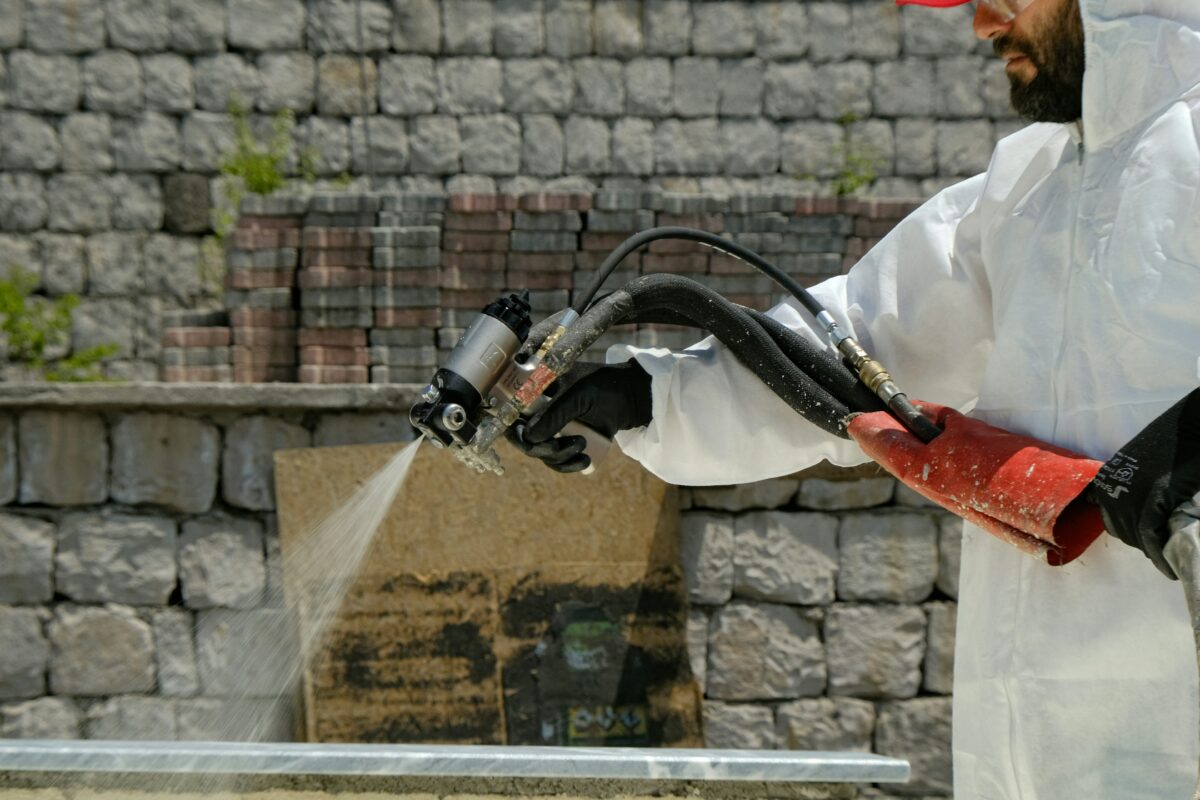In the pursuit of energy efficiency, comfort, and cost savings, homeowners often turn to insulation as a solution. Among the various insulation options available, spray foam insulation stands out for its exceptional performance and versatility.
Whether you’re building a new home or looking to upgrade the insulation in your existing one, understanding the ins and outs of spray foam insulation is crucial. In this comprehensive guide, we’ll dive into everything homeowners need to know about spray foam insulation, from its benefits and types to installation considerations and maintenance tips.
Understanding Spray Foam Insulation
Spray foam insulation is a type of insulation material that is applied as a liquid and expands into foam to fill gaps, cracks, and voids in walls, ceilings, and floors. It provides an airtight seal, effectively preventing air infiltration and heat loss/gain. Spray foam insulation is available in two main types: open-cell and closed-cell.
Open-Cell Spray Foam
Open-cell spray foam is lighter and less dense than closed-cell foam. It has a spongy texture and provides excellent sound insulation. Open-cell foam is typically used in interior applications such as walls and ceilings.
Closed-Cell Spray Foam
Closed-cell spray foam is denser and more rigid than open-cell foam. It offers superior thermal insulation and moisture resistance, making it suitable for both interior and exterior applications, including walls, roofs, and foundations.
Benefits of Spray Foam Insulation
Spray foam insulation offers several advantages over traditional insulation materials such as fiberglass and cellulose:
Superior Insulation
Spray foam insulation provides higher R-values (a measure of thermal resistance) than other insulation materials, resulting in better energy efficiency and lower utility bills.
Air Sealing
Spray foam insulation creates an airtight seal, reducing air leakage and drafts, which can lead to improved indoor comfort and indoor air quality.
Moisture Control
Closed-cell spray foam insulation acts as a moisture barrier, preventing water vapor from entering the home and reducing the risk of mold and mildew growth.
Longevity
Spray foam insulation is durable and long-lasting, with a lifespan of 20 years or more when properly installed and maintained.
Versatility
Spray foam insulation can be used in various applications, including walls, attics, crawl spaces, and basements, making it a versatile solution for different areas of the home.
Considerations Before Installation
Before installing spray foam insulation in your home, there are several factors to consider:
Building Codes and Regulations
Check local building codes and regulations to ensure compliance with insulation requirements and permit procedures.
Moisture Issues
Address any existing moisture problems such as leaks or condensation issues before installing spray foam insulation to prevent moisture-related problems in the future.
HVAC System
Consider the impact of spray foam insulation on your heating, ventilation, and air conditioning (HVAC) system. Consult with a professional HVAC contractor to ensure compatibility and proper ventilation.
Cost-Benefit Analysis
Evaluate the cost of spray foam insulation installation against potential energy savings and long-term benefits to determine the return on investment.
Installation Process
The installation of spray foam insulation is a specialized process that should be performed by trained professionals. Here’s an overview of the typical installation process:
Preparation
The area to be insulated is inspected, cleaned, and prepared for installation. This may involve removing existing insulation, sealing gaps and cracks, and protecting surfaces from overspray.
Application
The spray foam insulation is applied using specialized equipment. The liquid foam expands rapidly upon contact with surfaces, filling cavities and creating an airtight seal.
Curing
The foam cures and hardens within a few hours, after which it can be trimmed and shaped as needed.
Inspection
The installed insulation is inspected for proper coverage and adherence to surfaces.
Finishing Touches
Any excess foam is trimmed, and surfaces are finished as necessary to ensure a neat and professional appearance.
Maintenance and Care
While spray foam insulation is relatively low-maintenance, there are a few steps homeowners can take to ensure its longevity and effectiveness:
Regular Inspection
Periodically inspect the insulation for signs of damage, deterioration, or pest infestation.
Sealing Gaps and Cracks
Seal any new gaps or cracks that may develop over time to maintain the integrity of the insulation barrier.
Monitoring Moisture Levels
Keep an eye on indoor humidity levels and address any moisture issues promptly to prevent mold and mildew growth.
Professional Inspection
Schedule regular inspections by a qualified insulation contractor to assess the condition of the insulation and identify any potential issues.
Contact NAI Spray Foam Today
If you’re considering spray foam insulation for your home, look no further than NAI Spray Foam. With our extensive experience, commitment to quality, and dedication to customer satisfaction, we are your trusted partner for all your insulation needs. Contact us today to schedule a consultation and experience the benefits of spray foam insulation firsthand.
Our team of experts will work with you to develop a customized insulation solution that meets your specific requirements and exceeds your expectations. Say goodbye to high energy bills and uncomfortable indoor temperatures—contact NAI Spray Foam today and take the first step toward a more energy-efficient and comfortable home.

